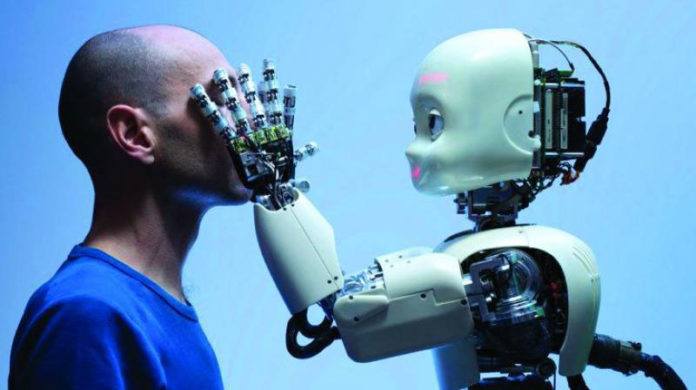As the technology in consumer and industrial products advances, the technology of robots also increases. Robots are used for different purposes. For example welding, handling chemicals, marine exploration and space missions. To do a task very properly, scientists have developed an algorithm that enables smart robots to ask intelligent questions during confusions.
The algorithm developed by scientists from Brown University enable a robot to fetch the object. It also allows the smart robots to quantify how certain it is about what a user wants.
A fascinating feature of this system is the smart robots does not ask questions with every interaction. In fact, they ask those question very intelligently.
Professor Stefanie Tellex said, “Fetching object is an important task that we want collaborative robots to be able to do. But it is easy for the robot to make errors. It might either by misunderstanding what we want or by being in situations where commands are ambiguous. So what we wanted to do here was come up with a way for the robot to ask when it is not sure”
When the algorithm certainty is high, the robot will simply hand over the object as requested. And, when it is not so certain, the robot makes its best guess about what the person wants.
For instance, if the user asks for a wrench and there are two wrenches table. And if the first guess was wrong, then the algorithm deduces that the other wrench must be the one that the user wants.
It will then complete the task without asking. Then It will send that one over without asking another question. Such kind of interference makes the algorithm more efficient.
Eric Rosen, an undergraduate student said, “When the robot is certain, we do not want it to ask because it just takes up time. But when it is ambiguous, we want it to ask questions because mistakes can be more costly in terms of time.”
For testing purpose, scientists invited untrained participants to come into the lab and interact with Baxter. Participants asked Baxter for objects under different conditions. Through this, scientists could set the robot to never ask questions, ask a question every time, or ask questions only when uncertain.
Scientists said, “The system worked so well. In fact, the participants thought the robot had capabilities it actually did not have.”
